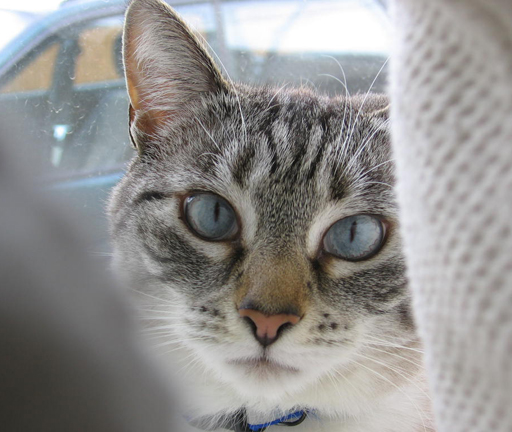Here’s something different for a change: Our story through numbers.
0 the # of wines and wine regions we strive to emulate
1 the # of vineyards whose grapes go into our wine, and that one happens to be one we farm and own, planted from bare ground, no trees harmed in the process
2 the # of people with firm (enough) resolve, to make a wine unlike any other out there
3 the # of inaugural release wines, because the birds flew off with the 4th one
4 the # of actual wines, once the birds are under control
5 the # of years since planting out in the sunny wilds of Wasco County, Oregon
6 the # of years since we set back down on US ground with feet running to purchase land, drill a well—we mean, drill a well, THEN purchase land (we made a $20K gamble before we bought a thing)—order the vines, and ready the ground for a 2006 planting
7 the # of varietals planted on our south slope: cabernet sauvignon, tempranillo, sangiovese (Brunello clone), riesling, syrah, petit verdot, cabernet franc
8+7* the # of producing acres on the south slope, 35 total planted on both south and north sides on our 160 acres, but they’re not on the wire due to funding
9 the # of locales as of today in Oregon and New York City, where you’ll find our wines. In Oregon: The Bay House (Lincoln City), Wildwood (Portland), White Buffalo Wines (Hood River). In NYC: Blue Hill, Henry’s, Anissa, Dovetail, First & Vine, Penn Wine. And it’s always available on our website…(just a gentle holiday plug)
10×90** the # of square footage of a tiny farmhouse that a man, woman, cat, dog, and small child lived in for some years so we could fund the dream
*I had to get creative on some numbers…
**Another instance of this creativity…



